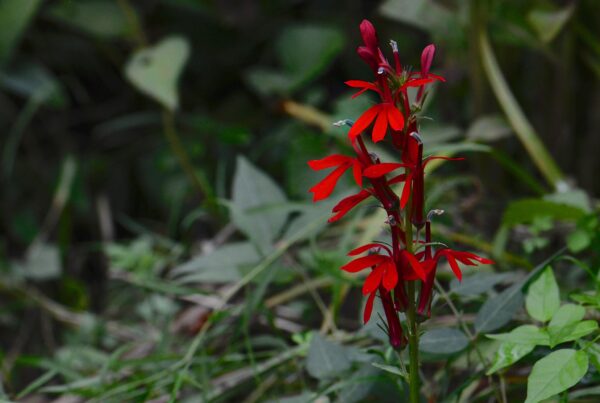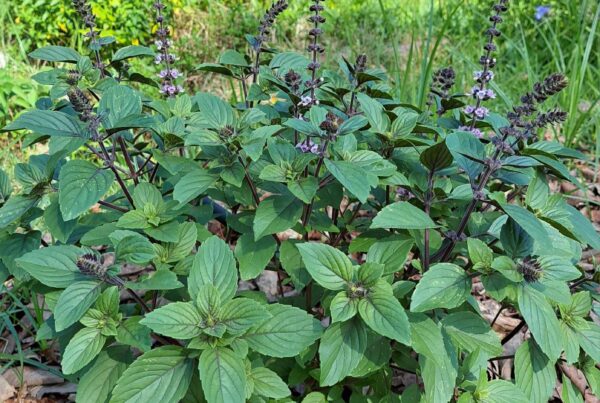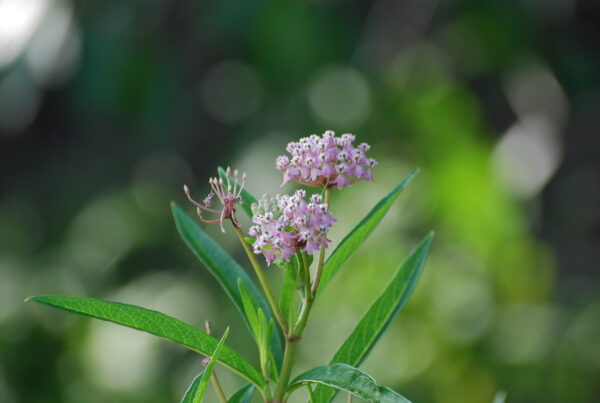Taking a walk in the woods, around the neighborhood, or even in your yard, you might see two very similar vines: Virginia creeper and poison ivy. They look alike, often grow together and are often confused. Knowing how to positively identify these two vines can come in very handy.
Virginia creeper has 5 leaves, while Poison Ivy has 3 leaves.
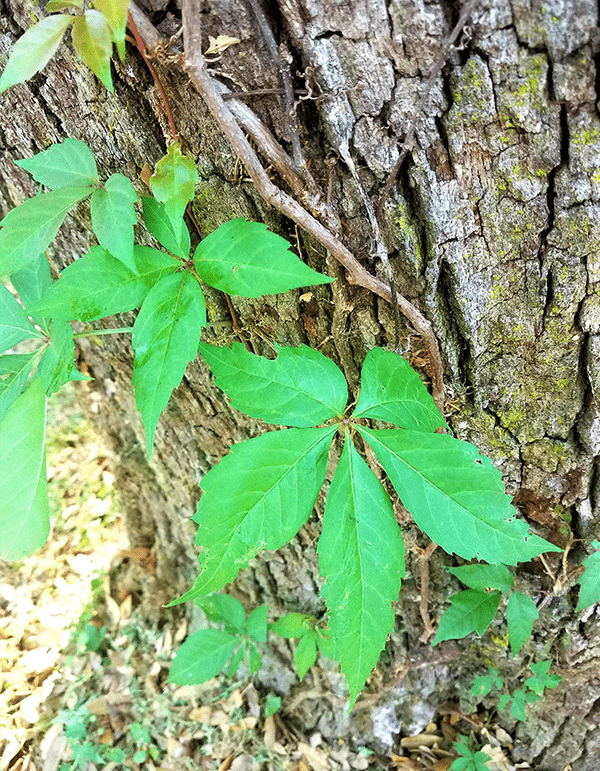
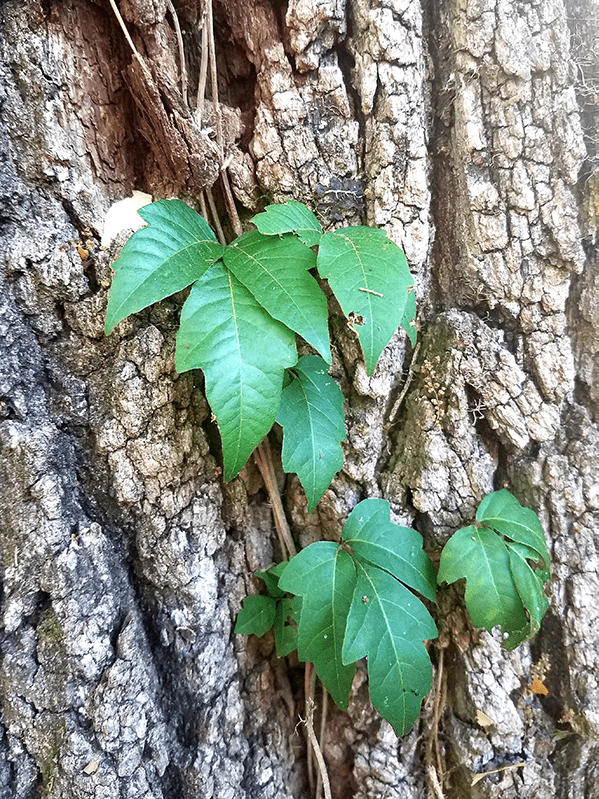
Virginia creeper (Parthenocissus quinquefolia) is generally green in spring and summer, turning bright red in fall and winter in the colder part of its range. The mature plant has 5 leaves, but young plants sometimes have only three. The plant produces dark berries in the fall, which are highly toxic to humans, but an excellent food source for birds and other wildlife through the winter. It grows aggressively and is challenging to maintain in the landscape but can be a good ground cover in the right area. Virginia creeper doesn’t have the oil that causes the severe rash brought on by poison ivy.
Poison ivy (Toxicodendron radicans) is common in Florida. It can grow as a vine or shrub, in sunny or shady spots. The characteristic of the plant that helps identify it is the clusters of 3 leaves, with the middle leaf larger than the other two. Poison ivy is green in spring and summer and turns red in the fall. All parts of the plant contain the oil, urushiol, that can cause a severe skin rash to humans. The plant loses its leaves in winter, but even the remaining vine contains the oil. Animals aren’t bothered by the urushiol oil and several species of birds eat the berries. Deer and raccoons feed on the leaves, and small animals like toads use the plant for cover.
Some interesting, little-known facts on poison ivy be found at http://bioweb.uwlax.edu/bio203/2010/ferris_jaco/Poison_Ivy/Interesting_Facts.html.



